Picture this: you’re opening a snack, unscrewing a water bottle, or peeling back the plastic on a pack of strawberries. All that plastic? It’ll get tossed after just one use. Single-use plastic is everywhere—it’s fast, it’s cheap, and it’s wreaking havoc on the planet. But who’s behind all this plastic flooding our lives? It’s not just about the people using it; it’s big companies pumping it out by the millions of tons every year. Believe it or not, a handful of producers are driving the world’s single-use plastic problem. Their reach is global, yet you might walk by their products every day without realizing just how much they contribute to the crisis. Ready for the hard truth on who makes the most single-use plastic—and what you can do about it?
The Plastic Giants: Identifying the World's Largest Producers
Let’s put faces to the names. Everyone talks about ‘big plastic,’ but who are the real titans? According to the influential 2024 Plastic Waste Makers Index, just twenty companies are behind roughly 55% of the world’s single-use plastic waste. Sitting at the very top, ExxonMobil churns out nearly 5.9 million metric tons of single-use plastic a year. It’s wild, but not far behind is Dow—another American giant—at about 5.6 million. Collectively, these two alone pump out enough food wrappers, bottles, and bags to fill football stadiums every week.
Right after these energy and chemical heavyweights comes Sinopec, China’s state-run giant. Their annual single-use plastic output climbs above 5.4 million metric tons. The top ten producers span the globe, with companies like Saudi Aramco (Saudi Arabia), Indorama Ventures (Thailand), and LyondellBasell (Netherlands/US) all featuring on the list. Familiar brands? Maybe not—but their resins and pellets get turned into things you grab every day: grocery bags, shampoo bottles, snack wrappers. Even the Coca-Cola bottle you sip from probably began with chemicals from one of these mega-producers.
If you really want to know how concentrated the problem is, check this out: single-use plastic production keeps spiking, and 98% of it comes directly from fossil fuels. There’s a direct pipeline from oil and gas drilling to the pile of snack wrappers in your kitchen garbage. The top producers have a stake in keeping plastic cheap and ubiquitous, partly because it boosts their profits from oil and gas extraction. These plastic giants control vast refinery networks across the US Gulf Coast, China’s industrial zones, and the Middle East. Environmentalists argue that, without their relentless expansion, the single-use plastic crisis would slow dramatically.
| Rank | Company | Headquarters | Annual Single-Use Plastic Output (Million Metric Tons, 2024) |
|---|---|---|---|
| 1 | ExxonMobil | USA | 5.9 |
| 2 | Dow | USA | 5.6 |
| 3 | Sinopec | China | 5.4 |
| 4 | Indorama Ventures | Thailand | 4.6 |
| 5 | Saudi Aramco | Saudi Arabia | 4.3 |
The biggest shock? The majority of these companies are integrated oil, gas, and chemical corporations. Their main revenues don’t even come from plastic sales, but the cheap cost of fossil fuel extraction makes plastic a profitable sideline. The global supply chain follows a straight line: fossil fuels get turned into plastic pellets, which get shipped and transformed across hundreds of manufacturers before landing on store shelves in every country you can imagine. It’s a gigantic invisible system most people never see—and that’s exactly how these big producers keep growing.
Why Is Single-Use Plastic Everywhere?
If single-use plastics are so harmful, why do we use them for everything? The answer is simple: price and convenience. It’s way cheaper to use plastic than glass, metal, or biodegradable alternatives. From food packaging to medical supplies, single-use plastic’s killer feature is how it slashes costs, preserves goods, and simplifies global shipping.
Plastic keeps your lettuce crisp and your soda fresh. It holds everything from shampoo to detergent to medicine. Developing countries rely on it for distributing safe drinking water and food. Medical professionals can’t live without its sterile packaging. That’s why nearly 130 million metric tons of single-use plastic were produced globally in 2023, up from just 2 million back in 1950.
There’s a darker reason, too: built-in obsolescence. Single-use plastic isn’t designed to make your life easier forever; it’s designed to be thrown out. Companies have no incentive to make it last. In fact, the business model relies on a constant churn. When plastic is cheaper for producers, manufacturers will always pick it over more costly eco-friendly options. And here’s something wild: the more oil and natural gas get extracted, the more ‘by-product’ chemicals are available for making even more plastic. This is especially true for US and Middle Eastern producers, who have been expanding petrochemical output even as renewables get more attention.
There are cultural factors, too. In many places, especially the US and parts of Asia, a throwaway mindset took root thanks to aggressive marketing. Starting in the 1970s, everything from bottled water to individually wrapped snacks was sold as “fresh,” “convenient,” and “modern.” Plastic made shopping and eating less stressful, at least until the trash started piling up. Even now, when you check out at your favorite fast-food joint or supermarket, you’ll notice it’s still plastic heavy. Many supermarkets and big brands have been slow to switch, citing food safety or logistics.
The fast growth of online shopping also turbocharged single-use plastic demand. E-commerce giants like Amazon and Alibaba rely heavily on bubble mailers, plastic wrap, and air-filled cushions to get stuff to your door in one piece. This e-commerce boom added millions of tons to the plastic problem in just the past decade.
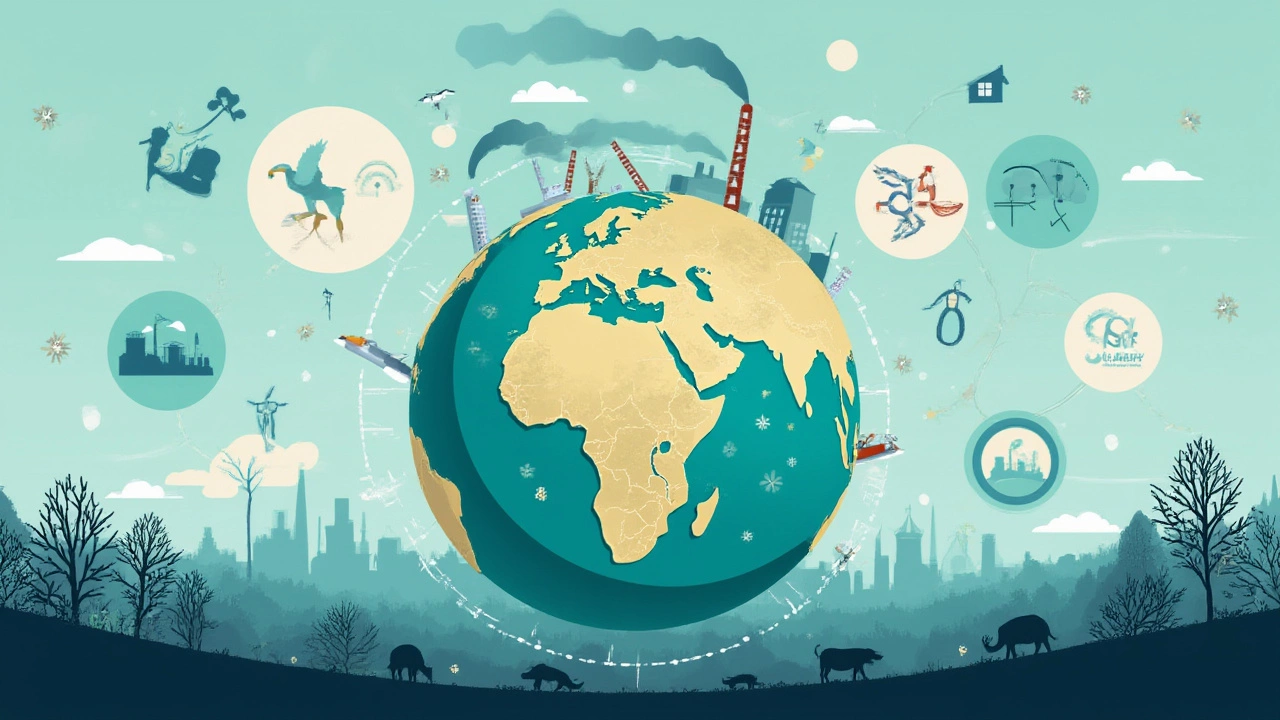
Environmental Toll: Where Does All That Plastic End Up?
Ever walked along a beach and spotted tiny, colorful plastic bits in the sand? That’s just the surface. Scientists have tracked single-use plastic waste to every part of the planet—oceans, mountains, and remote forests. More than 11 million metric tons of plastic slip into the oceans every year, according to a 2021 study by the Pew Charitable Trusts. That’s about a garbage truck’s worth every minute, nonstop.
Most single-use plastic isn’t recycled. Only about 9% ever sees a recycling plant, with the rest sent to landfills, incinerators, or dumped in nature. Microplastics are now found in tap water, table salt, and even human blood. No, that’s not a typo. Scientists in the Netherlands announced in 2022 they found plastic particles in the bloodstreams of nearly 80% of people they tested. Animals eat it, too—researchers reported in 2024 that over 2,000 marine species ingest plastic, often mistaking it for food. The classic image is of turtles and birds entangled in bags and rings, but it goes deeper: fish, plankton, and even whales are eating the smallest plastic bits.
Landfills are stretching beyond capacity, especially in fast-growing economies where single-use plastic is cheap but waste management hasn’t caught up. Burning plastic releases toxic fumes, including dioxins and furans, linked to respiratory problems and some cancers. Asia, Africa, and South America face the brunt of this problem, but even Europe and North America send a fair amount of plastic overseas—often to countries with weaker environmental laws. Researchers from Australia’s Minderoo Foundation calculated in 2024 that, unless we act quick, annual plastic ocean pollution could double by 2040.
Natural disasters and climate change amplify the problem, too. Flooding carries plastic trash far and wide, blocking drains and polluting rivers. Heat waves and wildfires help plastic break down into even smaller and more toxic fragments. We’re finding plastics inside arctic ice, the bellies of Antarctic penguins, and even falling from the sky in rainwater. It’s become so common that plastic is quite literally everywhere you look—or don’t look.
What Are Companies and Countries Doing About It?
The numbers sound bleak, but not everyone is shrugging it off. Major producers now face global pressure to shift gears. In 2023, 175 nations agreed to launch talks about a legally binding treaty on plastic pollution. This isn’t just for show: negotiators are debating hard caps on plastic production, bans on certain products, and holding companies accountable for their waste. The United Nations is pushing for a final deal by 2025—a bold move considering how powerful the petrochemical lobby is.
Some companies are moving, if slowly. Coca-Cola, PepsiCo, and Nestlé—often cited as the world’s biggest plastic brand polluters—claim they’re boosting recycled content in bottles and researching plant-based plastics. ExxonMobil and Dow have invested in advanced recycling technologies, but right now those facilities handle a fraction of the world’s plastic. Saudi Aramco is experimenting with ‘circular economy’ models in the Middle East, though critics say these are mostly small-scale or PR moves.
- Europe leads in bans on single-use plastics, especially straws, cutlery, and stirrers.
- India rolled out an ambitious ban on a dozen everyday single-use plastic products (bags, plates, cups) in 2022.
- The US is patchy—some cities and states have banned plastic bags, but there’s no national law.
- China began phasing out single-use plastic bags in major cities and is pushing new standards for packaging.
The biggest challenge? Substitution. Many replacements (like paper straws or bioplastics) still have environmental downsides or higher costs. Companies complain about price shocks, supply chain headaches, and lack of recycling infrastructure. But public and investor pressure is rising. Activist shareholders are demanding action from oil and chemical giants. New startups are offering zero-waste grocery delivery and refillable packaging. Supermarkets in the UK and Germany now offer ‘bring your own container’ sections. It’s a race between innovation and inertia.

Simple Ways You Can Help Reduce Single-Use Plastic
Wondering what you can do in the face of all these gigantic numbers? You’d be amazed how little changes add up—especially when companies see there’s a market for greener options. First off: skip single-use bottles, bags, and straws whenever you can. Reusable water bottles, shopping bags, and metal straws might feel basic, but they actually cut demand at the source.
Opt for products packaged in glass, metal, or cardboard—especially food and drinks. When you shop online, select ‘minimal packaging’ at checkout or write to sellers requesting less plastic. Join local clean-up events, or just pick up trash on your daily walk—community effort keeps tons of plastic from reaching waterways.
Recycle smart. Not all plastics are created equal, so check your local guidelines. Rinse containers and keep recyclables loose (not bagged) so they don’t get trashed by mistake at sorting centers. If you have curbside compost, toss bioplastics in there (but check if your program accepts them).
- Support brands that use recycled or refillable packaging.
- Choose flight or bus companies that commit to less plastic on board.
- Write to your local representatives asking for stricter plastic laws.
- Share info—those beach photos with plastic trash? They push people to act.
If you want to go a step further, check out local zero-waste stores or sign up for refillable delivery services. Many companies now ship everything from soap to snacks in reusable containers. Buying in bulk also helps: it cuts extra packaging and typically saves money, too.
One last tip: look past greenwashing. Don’t get tricked by vague claims like “eco-friendly” or “biodegradable”—if companies don’t share real numbers or recycling instructions, they might just be trying to cash in on the trend without making real changes. Ask questions, look for certification logos like “Plastic Free” or “Cradle to Cradle,” and keep the conversation going. Every single switch away from single-use plastic chips a tiny bit off those millions of tons—and it all starts with what’s in your hand right now.
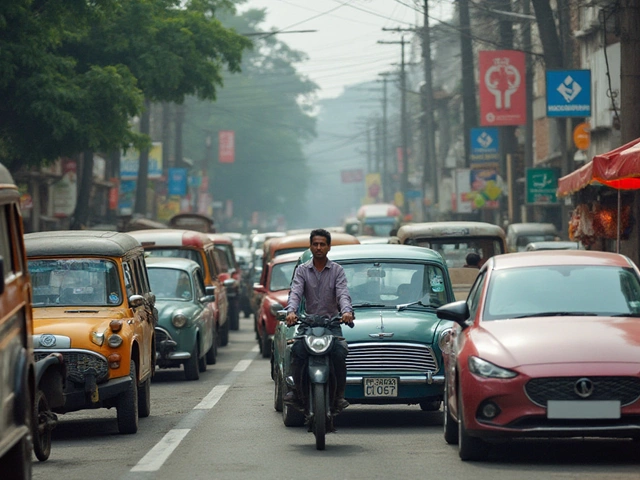
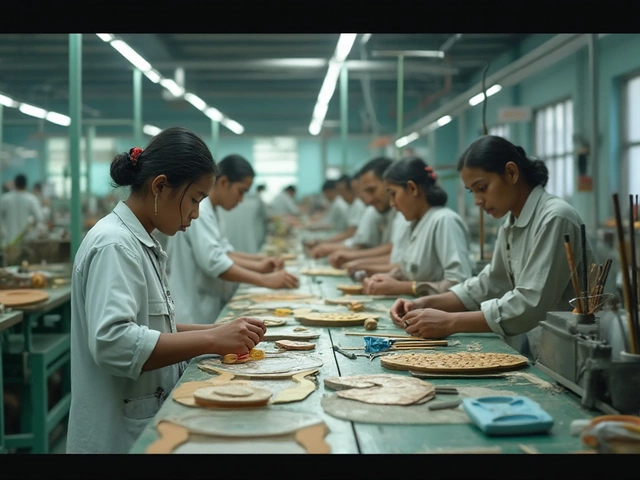

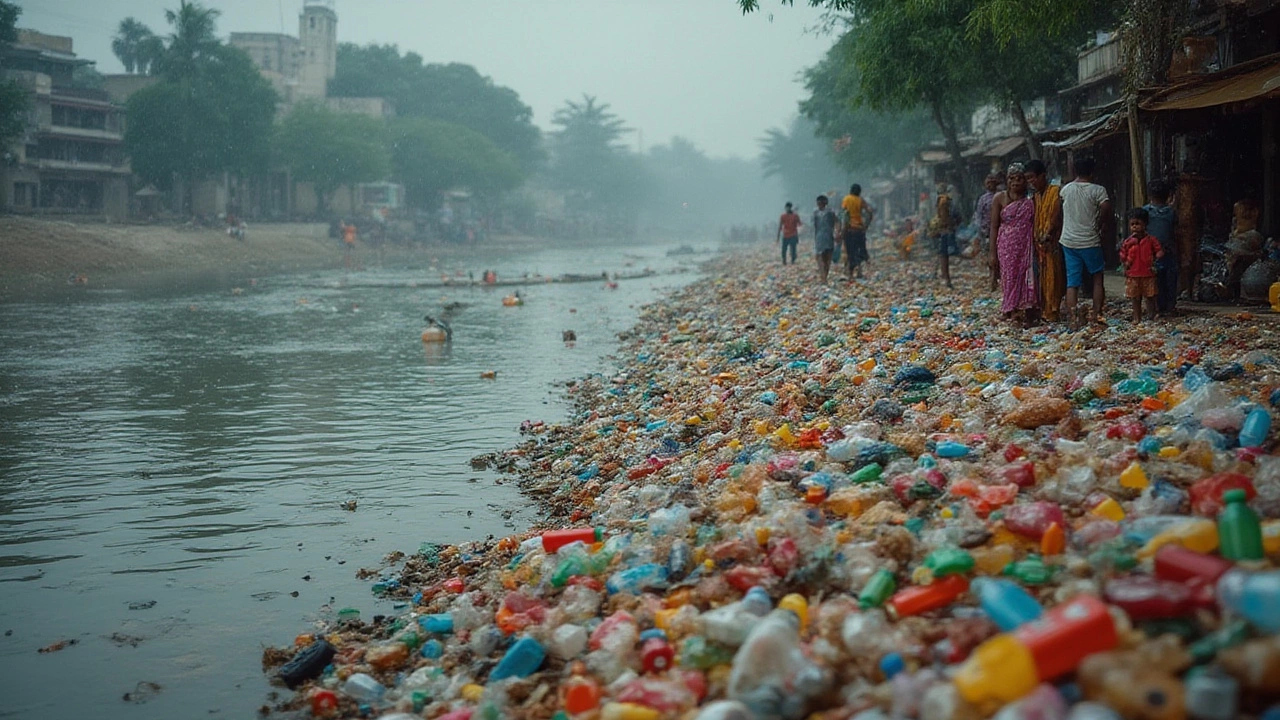
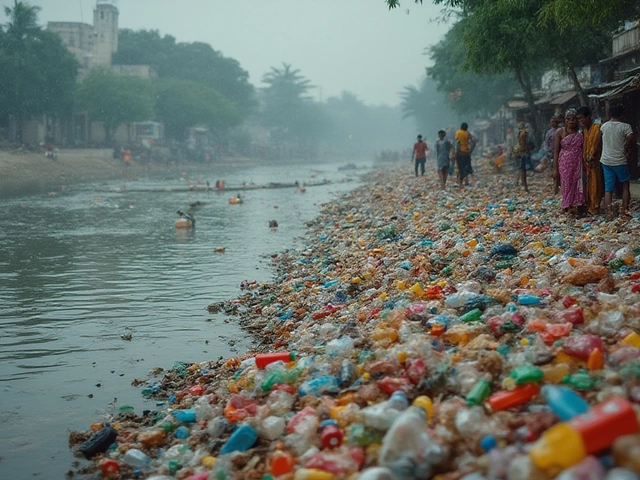
Write a comment